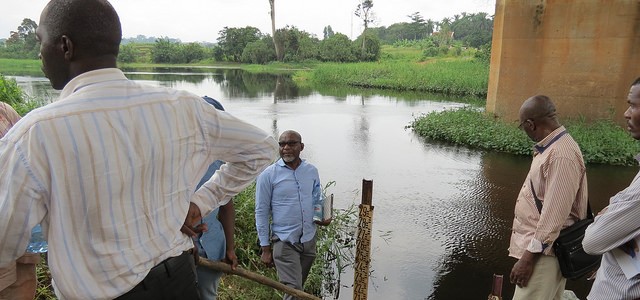Characteristics
Water flows according to natural characteristics and does not respect administrative boundaries – therefore, from a water resources point of view it makes a lot of sense to manage water according to basin boundaries. A basin management plan is an action plan, a tool that describes the framework for management of the water and related land resources in a specific spatial area defined by the lake or river basin. It outlines how the concept of integrated water resources management is going to be implemented at a concrete (river basin or lake basin) level.
It typically addresses such aspects as:
- Physical description of the basin;
- Land use inventories;
- Current water use inventory;
- Pollution source inventories;
- Aquatic and terrestrial ecosystem needs (see C2.04);
- Vulnerability to floods or extreme meteorological events (C2.02);
- Identification of stakeholders (C3.02);
- Implications of changing land use;
- Identification of priority issues (impact issues or user requirement issues);
- Short- and long-term goals for the river basin;
- Water related development scenarios, future water demands (see Tools C3);
- Water allocation and water quality objectives;
- Strategy, measures and action plan for achievement of goals with fixed time lines;
- Financing of water use and management (see A3) and use of economic instruments (C7);
- Responsibility and schedule for implementation;
- Mechanisms for monitoring and updating (see C1.03).
Because of long retention time and bio-accumulation, lake basin plans need greater focus on preventing nutrient and toxic pollution, and careful assessment of the shoreline functions. Other issues addressed in lake basin plans include prevention and control of exotic species, inventory of biodiversity and fisheries management issues.
Since these plans focus on a particular spatial area, they will strongly impact water users in the basin and should thus be developed together with these stakeholders. Cooperative models (see Tools C3) and effective two-way communication (see Tools C5) facilitate this process. In accordance with the principle of demand-driven development, river basin management and planning should only be established in response to a perceived and expressed demand. Other factors, such as existing institutional and regulatory conditions, or strong dependency on ground water resources, might discourage management of water according to river basin boundaries.
Lessons learned
- Involvement of all relevant stakeholders and the general public is essential for the implementation and success of the plan (see also B3).
- River basin planning is most successfully applied in circumstances where an appropriate institutional structure (e.g. Basin Organisation, B3.04) has been established.
- Conflict is a common feature for rivers and lakes, upstream-downstream, and conflicts in the same place among different users or over time between uses (e.g. fishing vs. recreation, or biodiversity vs. commercial fishing).

